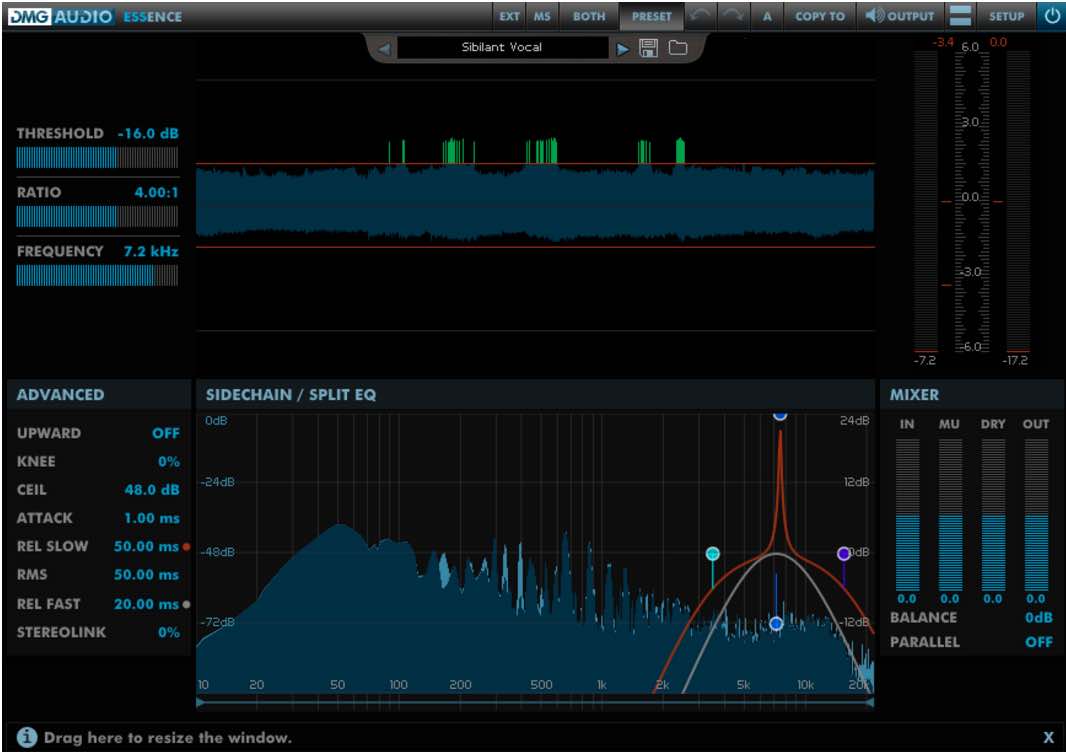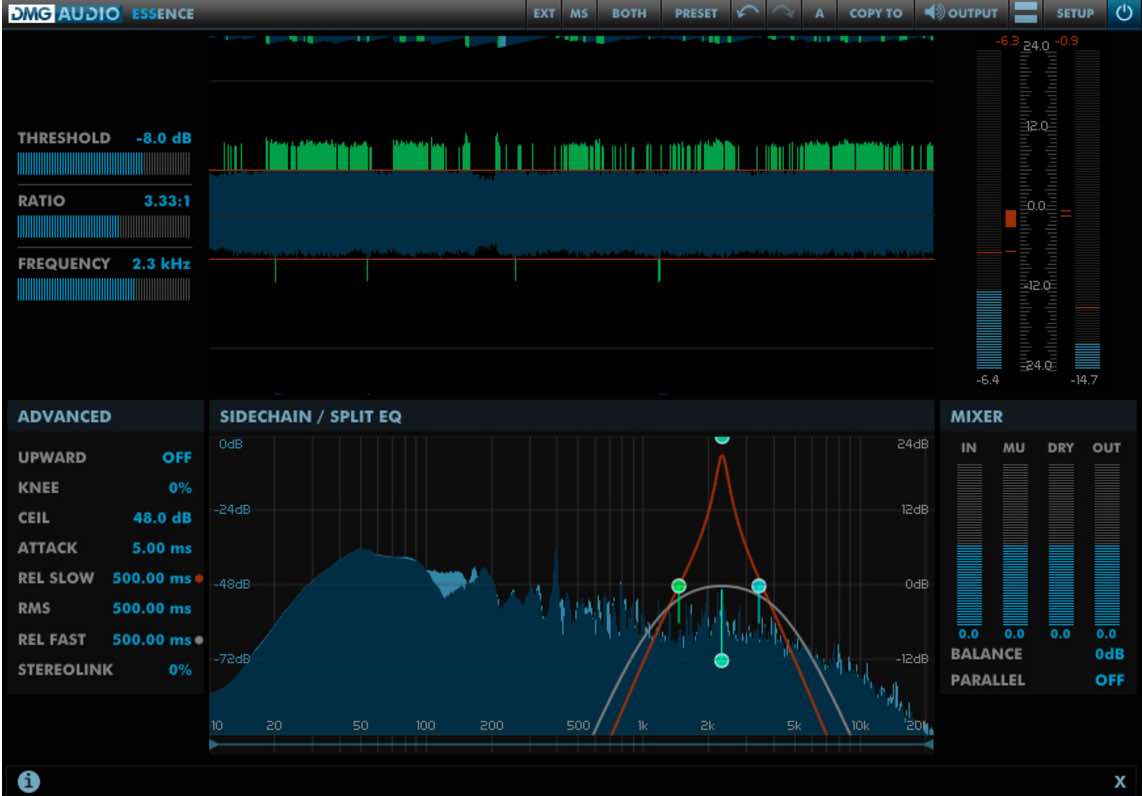5 Reasons You Suck As A Producer – By Joey Sturgis
Have you ever stopped and wondered why getting clients is so hard? What about getting bands to keep working with you for consecutive albums, or even consecutive songs? Unfortunately, the root of your problems might be you… Luckily, it’s not too late to fix that.
Stop shooting yourself in the foot! Here we go:
1. You Complain About Your Clients
This should seem simple to most of us, and it’s summed up best with the saying, “You don’t bite the hand that feeds.” Simply put – quit bitching about the artist and refocus on the art.
As a producer, you’re paid to do a job. Whether that income is upfront payment from an artist or a royalties cut on the backend, your livelihood comes from your ability to curate your clients’ music. They don’t need to be your friend, and there’s certainly plenty of competition out there for the role of producer these days.
Have you ever worked a shitty job in retail or food service? Well as much as you probably don’t want to hear it – some of those skills should be applied to your role as producer.
The music industry is just as much as a service industry as any other. Your ability to provide good customer service and get the end result right for your client directly translates to how successful you will be.
2. You’re Inconsistent
I’m not talking about the quality of the songs you’re recording… I’m talking about YOU.
You need to develop good habits in your production. Turning things in late, putting off projects, and not showing up on time shows a lack of respect for your artist’s time & work.
How likely would you be to continue working with someone who you can’t rely on?
On a personal level, you should strive to make deadlines and stick to them. Timeliness forms successful habits. Before you know it, you’ll find your workflow benefiting from this behavior too. Instead of living in a world of “what if’s” you’ll be able to commit to a decision with rock solid consistency.
Being consistent will make or break your career in this industry.
(RELATED – Check out our podcast with Josh Newell (Linkin Park, Cynic, Celine Dion), whose admirable work ethic in the LA production scene has allowed him to work with heavy hitters in both metal & pop.)
3. Your Communication Sucks
This doesn’t have anything to do with scheduling your appointments or ignoring text/phone calls. Your communication in the studio has to be crystal clear if you’re planning on succeeding.
Think about what musicians are telling you. Ask for clarification when an artist has a concern. Too often, you’re brushing off their input since you’re supposed to be the expert in the room, but you should be trying to get to the root of the problem.
You need to read between the lines.
Your artists may not know the technical terms that you do, and at times they may not know what they even want. It’s your job to become a musical translator, just like we covered in Episode 2 of the URM Podcast.
The simplest issue for this is when a singer lacks confidence in their vocal ability. They may tell you their voice is too soft or they just can’t nail a verse down. Instead of writing them off as an idiot and tracking again and again until you get something mediocre “that will work”, seek alternate solutions.
It may be something as simple as muting some instrumentation so the vocalist can hear themselves in the mix better. Maybe they’re feeling uncomfortable with a dry vocal and just need a bit of reverb added on.
Learn the psychology behind common concerns in the studio, and translate them into a solution.
4. You Don’t Have a Vision
Stop spending so much time on a single piece of the puzzle. Too often, you can’t see the forest for the trees… and it’s killing your productivity. If you spend too much time working on an element, regardless of if it’s cleaning noise out of tracks, tuning a vocal, or dialing in a tone too long, you’re going to hate your work.
Instead, take a step back to examine the entire project, and how what you’re working on fits into it. You don’t need to ignore that piece altogether, but it does help to ask yourself, “Do I really need to commit all of this effort?”
If the answer is no, get it to an acceptable point and center your energy around something that’s going to make or break the song. By working with the big picture in mind, you’re able to create something cohesive and meaningful without overanalyzing or wasting your time.
(RELATED – Finn McKenty does an excellent job explaining how to find your vision in his post, “Want a career in music? You need a point of view.”)
5. You Try to Do Everything Yourself
Slow down, Superman.
Early on in your career, it’s common to try and do it all yourself. Who needs sleep when you’ve got so much great music to work on? The problem is you burn out. You realize that you can’t do it all. You don’t have to… There’s a reason the big guys all have assistants – there’s not enough time in the day.
As much as you love your work, there are other hobbies and people you should spend time with. You might be great at everything you do from drum editing to tuning vocals and dialing in the perfect guitar tone, but you should learn when to let some of that go.
You need to develop trust with those around you, and the easiest way to do that is to remember that you’re all sharing the same goal – to make great music. Find the things in projects that you don’t like doing, and find someone to do it better.
There are guys out there that build their careers off of working on the parts you don’t want to. Just look at John Douglass, who went from bedroom producing to working with the biggest artists in pop and metal by becoming an expert at drum editing.
He found his niche, have you found yours?
Delegating your work is a freeing experience. It not only gives you more time to focus on what you love, but it also keeps your mind sharp and creative.
Putting This All Into Practice
While you may not be affected by all 5 of the above, there isn’t a producer on the planet that couldn’t improve on at least one. Sure, it can feel overwhelming. But you’re off to the right start by taking an honest look at your faults and working toward a solution.
Take a quick look over the list again and choose whichever one you feel applies to you the most. If you feel pretty confident in your skills already & are seeing a steady workload, maybe it’s time to find someone to help (see #5).
The point is – we can all stand to improve somewhere & we’re here to help you any way we can.
For more awesome tips on becoming a better producer, head on over to the URM Academy blog and subscribe to our podcast.
 Nail The Mix is our online mixing school that gives you REAL multi-tracks from REAL bands, plus a mixing class from the producer who recorded it. Past guests include Periphery, Chelsea Grin, Machine Head and State Champs. Join now for instant access!
Nail The Mix is our online mixing school that gives you REAL multi-tracks from REAL bands, plus a mixing class from the producer who recorded it. Past guests include Periphery, Chelsea Grin, Machine Head and State Champs. Join now for instant access!






